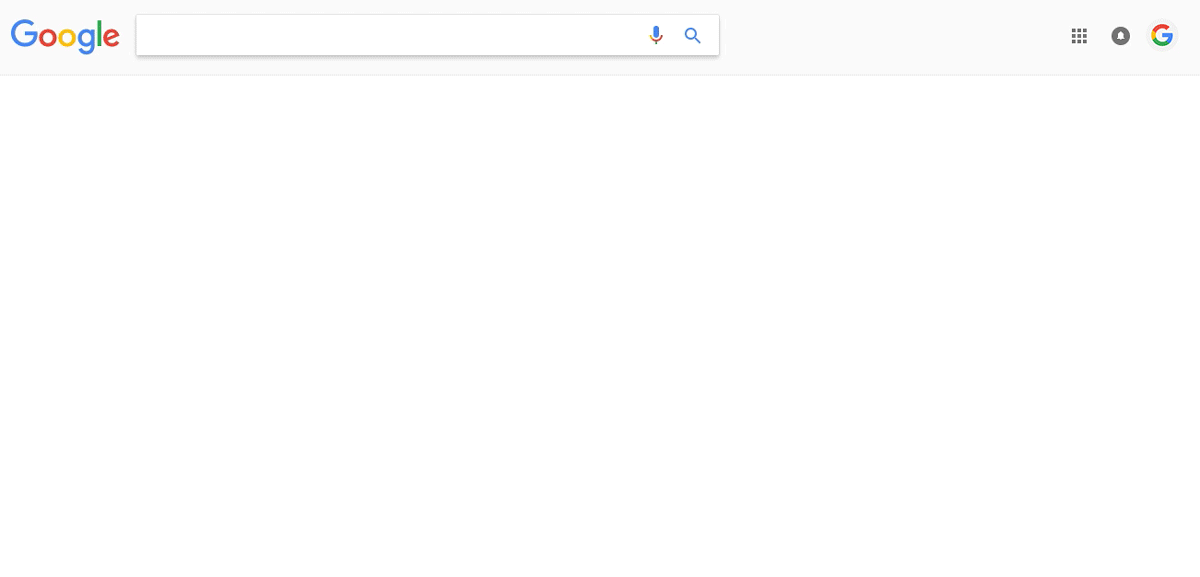Google Makes Changes to Ranking Signals to Devalue Fake News
Google is continuing their efforts against fake news and the company has publicly stated that fakes news ‘…is the most high profile’ issue that majority of the people who play around with Google’s search engine encounter. A significant percentage of the average searcher’s results are either misleading, offensive or fake.
Google has outright stated that they can’t ‘fully solve’ the problem of fake news right now. People can be hopeful because the company is making some progress to finally rid the world of fake news. Obviously, it would take a lot of resources and time for Google to make that ‘small step’ into something bigger, more long-term but it is definitely happening. Here’s how Google is fighting against fake news:
1. New Search Quality Rater Guidelines
Search is one of Google’s primary functions. Utilizing this system means that it should be quality-checked regularly. Google works around this by employing people and a complex process of experimentation. This process is checked and evaluated by real people who give Google feedback for their search results and this covers both quality and reliability. Of course, the ratings given by these people have no bearing when it comes to individual page rankings but they do help Google with collecting data on the quality of their searches.
Google also recently updated their Search Quality Rater Guidelines which helps evaluators in their ratings as well as guide them in finding and flagging fake news as well as low-quality websites.
Web sites or content that are flagged by Google’s evaluators include but are not limited to the following:
- Misleading Information
- Unexpected Offensive Results
- Hoaxes
- Unsupported Conspiracy Theories
Google’s goal with updating their guidelines was developed to help them tune their algorithms to demote the previously noted low-quality content as well as to help them make improvements in the future.
2. Ranking Changes
Google combines a couple hundred or so signals to determine or ascertain which results or content that they should show for any given query. These signals include, but are not limited to:
- Freshness of content
- The number of times the search query appears on the page
- Relevance of the content
The company announced that they have adjusted the signals to help users find more authoritative pages as well as to help them demote low-quality content as well as shoddy websites that promote fakes news or even unsupported conspiracy theories.
3. Direct Feedback Tools
Google is all about making processes faster. It doesn’t matter if it’s an everyday process or something you do for work but they want everything to be more efficient and faster. This includes their innovations for Autocomplete or even Featured Snippets to help searchers find what they’re looking for.
Speaking of Google’s Featured Snippets, the company also clarified that the content that appears in the featured snippets are generated algorithmically and is generally what people search for and is available on the internet. Of course, it is not a perfect system so from time to time, people are treated to inaccurate or unexpected search results so Google decided to try and fix this. The tech giant introduced an easier way for people to report or directly flag questionable content that appears in both autocomplete and the featured snippets.
The new feedback mechanism was designed in such a way that allows users to flag content more efficiently because of the newly included labeled categories. People can now accurately report to Google whenever they find sensitive or unhelpful content.
Google then added that they plan to use this feature to help them improve their algorithm in the future.

blog.google/
4. Greater Transparency
Google has received numerous queries and concerns these past few months because people were sometimes shown shocking or offensive predictions that appeared on Google’s autocomplete. Due to this, Google said that they improved their content policies and that they updated them sufficiently.
People, if you have any questions about autocomplete and Google’s approach for removals, then please refer to their Help Center.
Key Takeaway
Google is certainly doing a lot of things to fight fake news. These recent changes are obviously small changes but I believe that misleading or downright fake content should be devalued if not taken down. I’m all for these changes and I think that this will challenge content creators everywhere to step-up their game in order to be more authoritative and more importantly, more reputable.
What do you think about Google’s latest changes? Let’s talk about Google’s new policies in the comments section below. I would love to hear from you.
